#Reports
Why Is Everyone So Surprised Detroit Isn't Prioritizing EVs?
News arose yesterday that General Motors’ and Ford Motor Company’s battle plans rely heavily on SUV and pickup sales, rather than electric vehicles. Details of the corporate strategies, first shared by Reuters, soon circulated through the media, with many outlets upset that the pair seem to have oversold the role electrification will play in their respective lineups through 2026. One wonders how they could possibly be this surprised.
Using data issued to parts suppliers from the two automakers, AutoForecast Solutions predicted North American production of SUV models from GM and Ford will outpace the assembly of traditional cars by more than eight to one in 2026. Roughly 93 percent of those models are expected to be dependent upon gasoline. Meanwhile, Reuters compared the manufacturers’ strategy against Tesla — a company that only exists for the explicit purpose of selling EVs and has never assembled a gas-powered automobile — as if all manufacturers are equal in scope and cater to the same type of customers.
Silver Linings: COVID-19 Thinning Traffic Across the Country
Road traffic across the United States is dropping drastically, thanks to social-distancing efforts taking place to combat the spread of the novel coronavirus. For yours truly, traffic in New York City has gone from frequently hectic to downright pleasurable and relaxed. While there’s a statewide initiative in place to keep residents in their homes, the days leading up to the shelter-in-place order saw a decline in roadway activity I’d only previously witnessed during Hurricane Sandy.
According to INRIX, a Washington-based firm providing traffic analytics, road use in the United States dropped by about 30 percent last week — with regions affected by state-mandated shutdowns seeing even larger declines. The study compares the national traffic volume from the 14th to the 20th of March to volumes recorded between the 22nd and the 28th of February — noting that March 13th was the first day traffic started trending downward in most regions. Moving forward, INRIX says it wants to continue offering up a weekly synopsis of national traffic volume until the health crisis ends.
Study: Ram No. 1 on Young Truck Shoppers' Lists
Domestic automakers are enamored with the full-sized pickup segment because it’s a reliable way of securing hundreds of thousands of sales in North America on an annual basis. Here, Ford’s F-Series reigns supreme. That might not always be the case, however, especially with younger buyers opting to purchase their pickups at competing brands.
Last month, Edmunds released a study claiming Ram is leading the charge with buyers under 35 — saying the brand had won over “the most coveted section of the market.”
Annoy the Driver: IIHS Offers Its Two Cents on Improving Self-Driving Safety
The Insurance Institute for Highway Safety (IIHS) has issued a set of guidelines for advanced driving aids, suggesting that the key to automated safety is making sure drivers are perpetually engaged with the vehicle’s operations. Unfortunately, this has turned out to be a Catch-22 scenario due to the way these systems function. Semi-autonomous features are supposed to be there to help promote safety by adding an extra layer of protection; however, many encourage motorists to disengage by nature of their design.
Adaptive cruise control with lane keeping is probably the worst offender. Implemented as a way to keep cars a safe distance apart on the expressway, it offers an experience that borders on having the car chauffeur you around. The effectiveness of these systems vary widely, with none actually being capable of any legitimate self-driving functionality. You’re also not supposed to be able to tune out while they’re in use, but they all seem coyly contrived to do exactly that. The IIHS is concerned this phenomenon will only get worse as driving aids evolve and become increasingly commonplace.
“Unfortunately, the more sophisticated and reliable automation becomes, the more difficult it is for drivers to stay focused on what the vehicle is doing,” said IIHS President David Harkey. “That’s why systems should be designed to keep drivers actively engaged.”
Study Suggests Tires Create More Pollution Than Exhaust Emissions
Anyone who’s laid a substantial amount of rubber in a local parking lot will tell you that the scent emitted doesn’t smell particularly healthy for the environment (burnt clutch smell is even less appealing — don’t ask how I know). And while the typical driver doesn’t burn through tires via successive smoke shows, regular road use effectively does the same thing over a much longer timeline — and a new study claims it’s up to 1,000 times worse than what actually comes out of a vehicle’s exhaust system.
The report, penned by UK-based independent research firm Emissions Analytics, has circulated within the media for a few days and claims that pollution stemming from tire and brake wear is a growing problem. With European lawmakers clamping down on tailpipe emissions, the firm suggests “non-exhaust emissions” will be the next big regulatory challenge.
Report of Forced Labor Has Automakers on the Defensive
In a report that harkens back to the grim days of World War 2-era Germany, several automakers are accused of benefiting from forced labor.
An Australian think tank claims upwards of 80,000 Uighurs, a persecuted ethnic minority in northwest China, have been transported from state-run re-education and internment camps to the factories of Chinese suppliers. Among the companies said to benefit from the forced labor are Apple, Sony, Nike, Volkswagen, BMW, and General Motors.
NTSB: Autopilot Partly to Blame for Fatal Tesla Crash; Video Game Was Playing on Driver's Phone
A report from the National Transportation Safety Board concludes that a fallible driver-assist system, and the driver’s overreliance on it, were the main causes of a fatal March 2018 crash on US-101 in Mountain View, California.
The violent crash of a Tesla Model X that killed a 38-year-old Apple software engineer is a perfect example of both Silicon Valley excess and the teething troubles facing our tech-obsessed world.
U.S. Traffic Deaths Decline for Second Year in a Row
The National Safety Council just released its estimates for U.S. roadway fatalities in 2019, and there’s good news to share. Deaths declined for the second consecutive year. According to the NSC, traffic fatalities reached an estimated 38,800 last year, representing a 2-percent decline from 2018 and and a 4-percent decline against 2017.
While the NSC said the decline came “after several years of spikes,” we found the claim to be mildly misleading. Even though 2015 and 2016 posted meaningful increases in roadway deaths, safer streets have been in fashion since the 1970s. Most years since then have resulted in fewer crashes, with sporadic bad periods sprinkled throughout. If you’re interested in some supporting data from the National Highway Traffic Safety Administration, U.S. roadway fatalities per 100,000 people averaged around 26.01 in 1972. That figure fell to just 10.28 by 2014, with the combined 2015-2016 increases bumping it up to just 11.59 per 100,000 people.
Report: U.S. Dealerships Shrinking in Number, Throughput Down for 2019
The annual Automotive Franchise Activity Report asserts that the number of new-car dealerships in the United States has shrunk for the first time since 2013. The difference is marginal when viewed from a national perspective, but could support prior theories that larger dealer networks are consolidating while smaller, less competitive shops are being forced out of the market. The report claims the total number of storefronts fell from 18,294 in 2018 to 18,195 at the start of 2020. Dealership throughput was similarly down, decreasing by eight units from 2018 to 940.
While not particularly alarming, the figures do seem to mirror national population trends when placed under a microscope. The states that lost the highest number of showrooms tended to be regions that had the most trouble preventing people from moving.
Lyft Follows Uber, Promises to Prioritize Rider Safety
At the start of this month, Uber released a safety report in a bid to address concerns surrounding rider welfare. Not to be outdone, its main competitor also took steps to convince the masses that it’s also doing everything within its power to keep customers safe.
Lyft is forming a council of experts to assist the ride-hailing company in revising safety initiatives for riders and drivers. The group will include representatives from the Rape, Abuse & Incest National Network (RAINN), It’s On Us, the National Sheriffs’ Association, the National Association of Women Law Enforcement Executives, and the National Organization of Black Law Enforcement Executives. As with Uber’s report, Lyft is focused on incidents of sexual assault — and blaming society for any problems it may have.
Millennials Now Positioned to Save U.S. Auto Market?
With nearly a decade’s worth of articles suggesting millennials never liked cars and are an industry boat anchor in waiting, a new report claims they may actually be the group that saves it. Using the same data from the Department of Transportation/Federal Highway Administration that showed present-day teens holding off on getting their driver’s license, the report placed Bloomberg under the impression that millennials will pick up the slack once they start cranking out offspring.
Millennials never actually hated cars. They’ve simply been, on average, too poor harness the same purchasing power of their ancestors, forcing them to put off major life decisions like getting married, having kids, buying a home and/or purchasing a new automobile. While some assuredly prefer public transit for environmental or social reasons, plenty of this has nothing to do with personal preference. The good news is that this fact appears to be reflected in the number of licensed drivers among their ranks, now that they’re getting a little older.
Why Are Teens Growing Disinterested in Automobiles?
When I was an adolescent, it was made clear to me that the first step toward adulthood was getting my driver’s license. Even without an automobile, it provided unimaginable freedoms and brought me closer to my goal of doing a burnout in the high school parking lot. That dream was ultimately achieved, leaving me to rethink roadway safety as my first car was loaded onto a flatbed while the scent of tire smoke and bleach clung to my clothing.
Fortunately, hitching a ride home was easy, as most of my friends had also acquired licenses and cars of their own. But that’s probably not going to be the case for teens coming of driving age in these modern times.
According to the Federal Highway Administration, the percentage of American teenagers bothering to get their licenses has effectively plateaued at a low point. Nearly 48 percent of 16-year-olds in this country could legally drive in 1984; that number settled to just 25.6 percent in 2018. The reasons are more complicated than just the younger generation’s snubbing of the automobile.
Newly Released Uber Safety Report Focuses On Sexual Misconduct, Murder
Uber released its first safety report on Saturday, primarily to address concerns surrounding rider welfare. The media has become increasingly critical of Uber as a brand after its corporate culture was dubbed toxic — allegedly loaded with sexism and financial progress by any means necessary. Following a fatal accident involving one of the company’s autonomous test vehicles, many grew fearful that the company hadn’t fallen into the habit of promoting (or appreciating) public safety. Hoping to assuage some of those concerns, Uber put together its own safety report.
Earlier in the month, the ride-hailing service said it had received reports of 3,045 sexual assaults in the United States in 2018, with 9 people murdered (nearly half of them drivers… fortunately?) and 58 crash-related deaths. Uber said these issues only affected 0.0002 percent of the 1.3 billion rides the company orchestrated in the United States that year.
The new study attempts to frame data, accumulated over 21 months, against national averages to show that Uber is simply suffering from issues inherent to our society. While noting that an estimated 44 percent of women in the U.S. have been a victim of sexual violence seems like an odd way to absolve oneself from wrongdoing, Uber’s just a fancy cab service trying to distance itself from systemic fears that may have not have been entirely fair.
Dealers Forecast Modest Sales Decline in 2020
The National Automobile Dealers Association (NADA) released its annual new-vehicle sales forecast for 2020, estimated a modest decline in U.S. volume. The announcement dropped on Tuesday, citing rising transaction prices as the probable cause. With fewer sedans on the market ( especially among domestic automakers), customers are shifting to crossover vehicles with higher price tags. Fortunately, the United States’ economy has remained roughly as stable as the cost of fuel — avoiding market conditions that normally encourage customers to swap into affordable economy cars or simply hold onto their current ride.
“We expect new light-vehicles sales will come in at 16.8 million units for 2020, roughly a 1.2 percent drop from 2019 sales volume,” NADA senior economist Patrick Manzi explained. “As for 2019, it appears new vehicle sales will best the expectations of most in the industry by topping 17 million units for the fifth straight year.”
Report: Connected Cars Already Know Everything About You
Vehicular privacy is one of those things we never thought we’d have to gripe about but, as automotive connectivity becomes the norm, it’s become one of the most nagging issues in the industry.
Taking a cue from tech giants like Google, Facebook, and pretty much every other website you’ve ever connected to, automakers have begun leveraging customer data on a massive scale. Always-on internet connections exacerbated this problem (feature?), but it’s extremely difficult to tell exactly what kind of information is being shot up into the cloud before ending up at a manufacturer’s data center.
While we’ve seen cars hacked for the purpose of assessing how they’d stand up to malicious entities bent on wreaking havoc, few have attempted to decode the surplus of information emitted by your vehicle. We know this because people would probably be pretty upset to learn of the pathetic level of anonymity currently afforded to them. Despite spending tens of thousands of dollars on a new vehicle, privacy is rarely considered standard equipment.



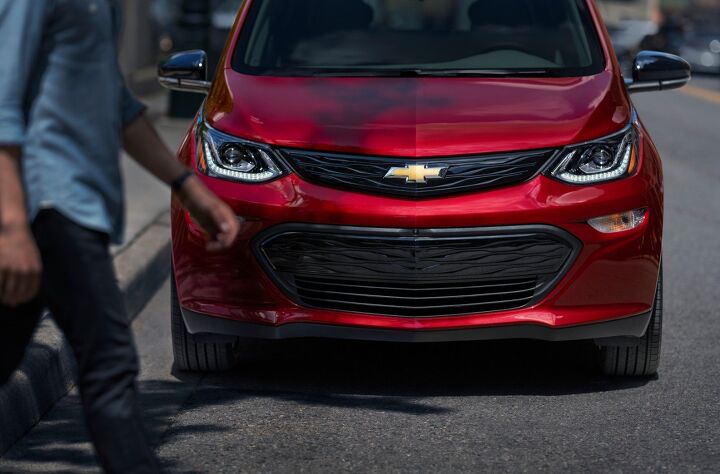

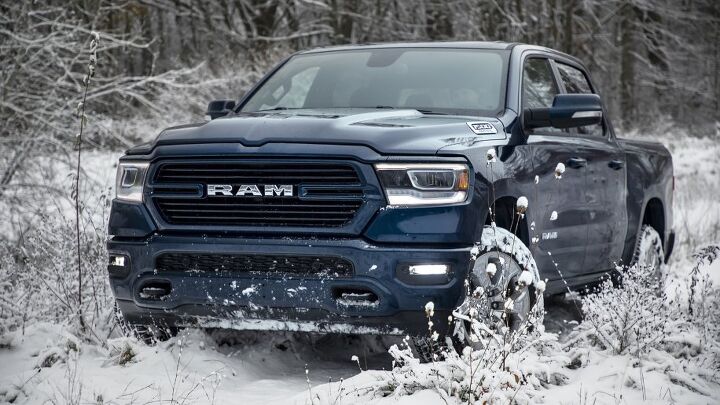



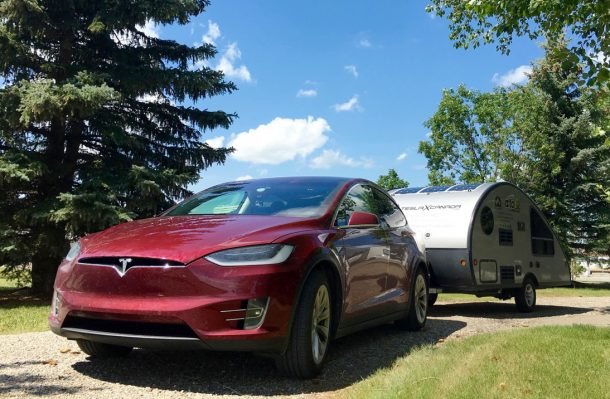


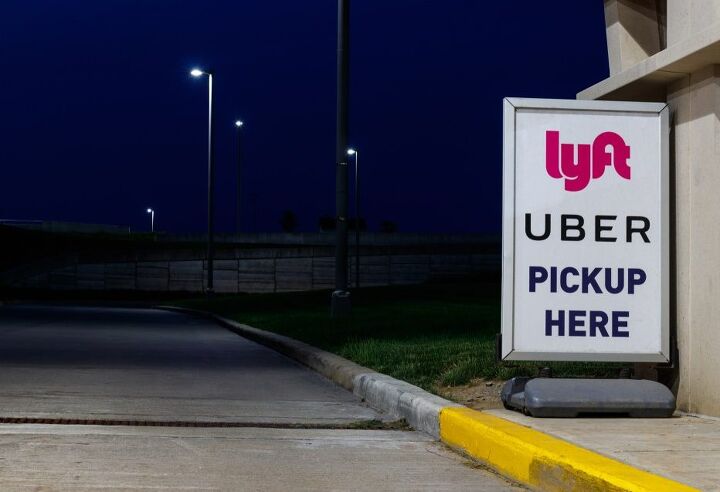




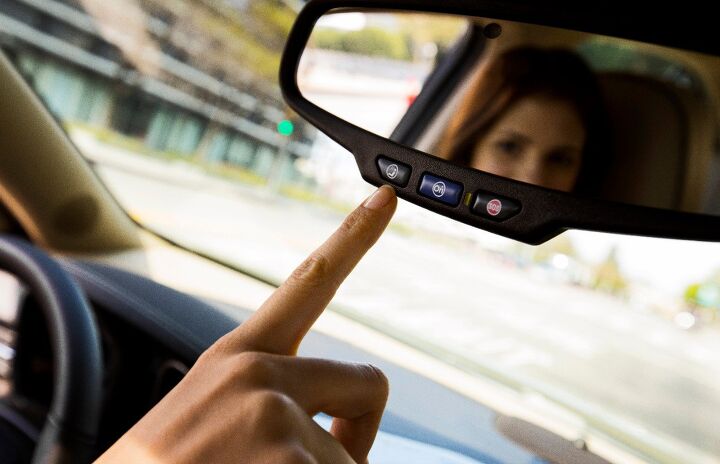












Recent Comments